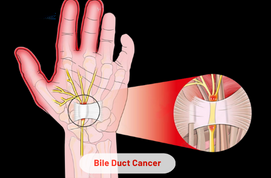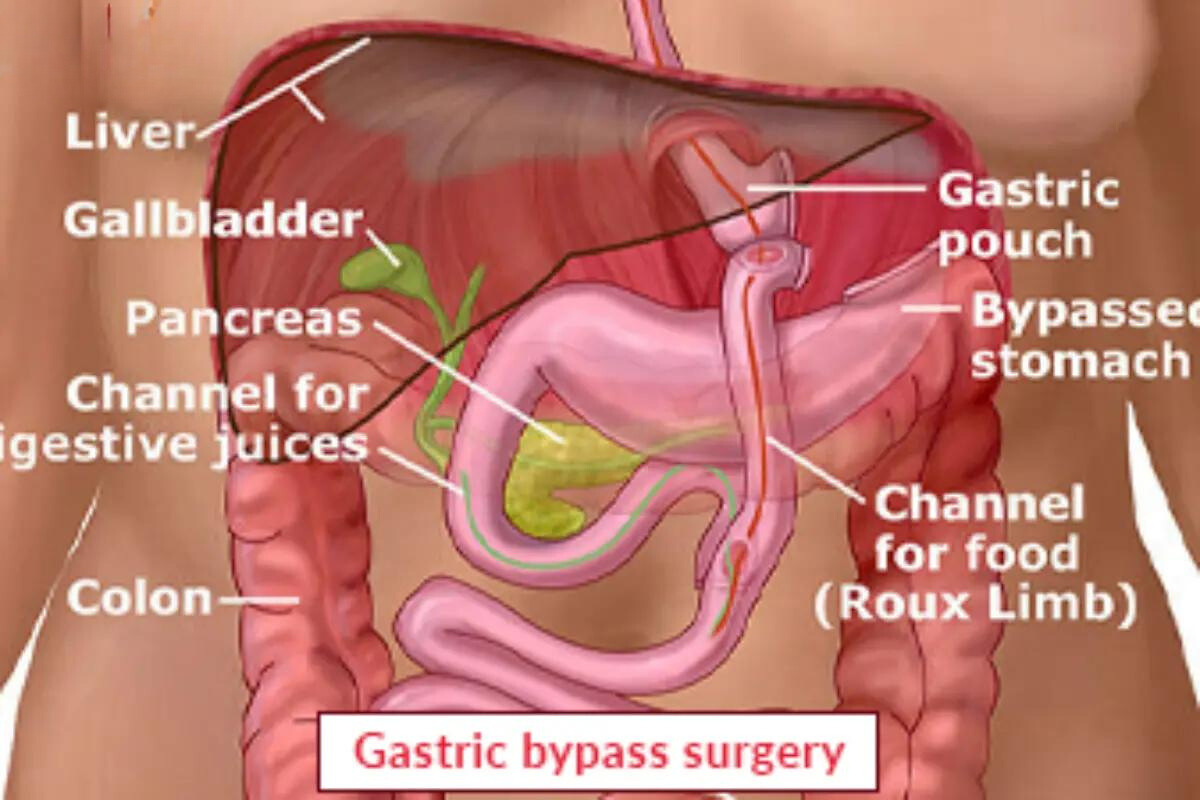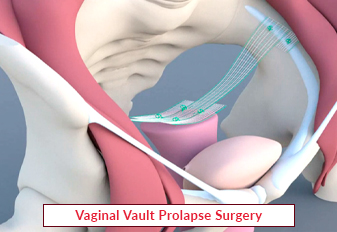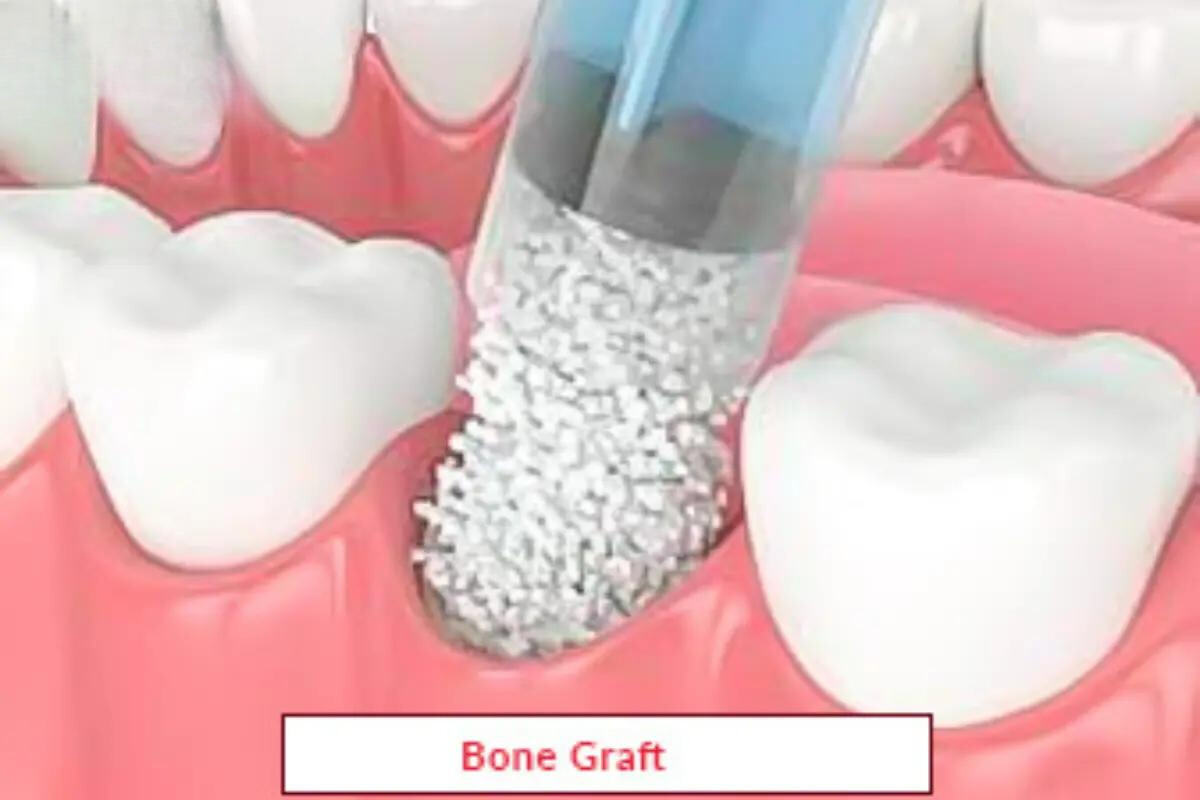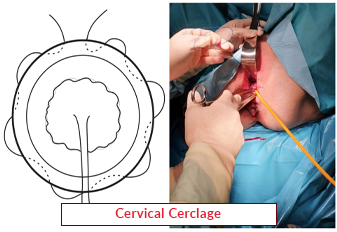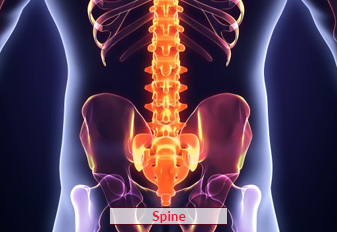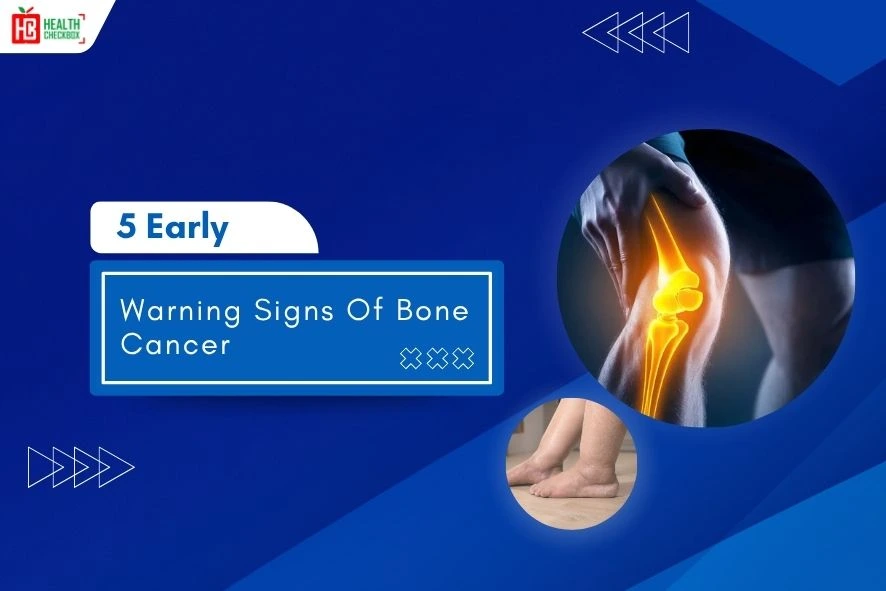Carpal tunnel syndrome is defined by the compression of the median nerve in the wrist. Carpal tunnel syndrome can also be alleviated through surgery. During surgery, the physician splits the transverse carpal ligament, which forms the roof of the carpal tunnel, to relieve pressure on the median nerves. Carpal tunnel release surgery (CTR) can help relieve pain, tingling, and numbness caused by carpal tunnel syndrome.
The laborer’s nerve senses the palm side of your hand and wrist. Any compression to this nerve might be dangerous. It is crucial to recognize and treat the issue as soon as possible, as failing to do so may result in permanent hand impairment.
This operation can be performed using both open surgery and less invasive techniques such as arthroscopic or endoscopic surgery. When traditional treatment fails to bring relief, it is often advised. Most individuals who undergo surgery to address carpal tunnel syndrome report considerable improvements in function and pain. It is believed to be both safe and effective after the process is completed.
Types of Carpal Tunnel Release Surgery
There are two main types of CTR surgery:
- Open Carpal Tunnel Release: The surgeon lightly cuts the palm of the hand close to the wrist. The transverse carpal ligament is opened. It relieves pressure on the median nerve.
- Endoscopic Carpal Tunnel Release: The doctor makes a small slit on the wrist and inserts a small camera. Then the surgeon cut the transverse carpal ligament while inspecting the inside of the wrist on a video display.
Why Do People Undergo CTR (Carpal Tunnel Release) Surgery?
This CTR surgery is generally performed for the following reasons:
- When doctors recommend surgery, symptoms of carpal tunnel syndrome are often severe and significantly impact daily activities or sleep.
- If patients don’t have relief with non-surgical treatments, then surgeons may prefer surgery.
Doctors may need to perform surgery to prevent further nerve damage. - For individuals with chronic CTS that does not improve with conservative management, doctors may offer surgery as a more definitive solution.
Benefits of Carpal Tunnel Release Surgery
It has various advantages that can easily improve the quality of life for people who suffer from CTS.
- Pain relief
- Improved function
- Reduced risk of nerve damage
- Improved quality of life
- Quick recovery
- High success rate
- Prevention of further damage
- Restoration of muscle strength
- Reduction of tingling
- Decreased numbness
CTR Surgery Risks
Despite the benefits, this surgery has some dangers and potential consequences that patients should be aware of before undertaking.
- Infection
- Nerve or blood vessel damage
- Scarring and scar sensitivity
- Swelling and stiffness
- Recurrence
- Chronic pain
- Anesthesia reaction
- Fever
- Worsening pain after the procedure
Procedure of Carpal Tunnel Release Surgery
- Preparation: Healthcare practitioners usually instruct patients on how to take their medication and how fast. To confirm they are surgical candidates, individuals may also receive preoperative examinations, such as an ECG and blood testing.
- Anesthetic: The medical team gives the patient anesthesia on the day of the surgery. Make sure that he or she is comfortable and feeling pain-free during the operation. Doctors commonly use regional or a local anesthesia with medication to numb the hand and wrist.
- Incision: The surgeon makes a small cut in the wrist or palm of the hand. And the doctor will expose the transverse carpal ligament, which forms the carpal tunnel’s ceiling.
- Ligament Release: To relieve pressure on the median nerve and expand the carpal tunnel, the surgeon uses specialized tools to cut the flexor retinaculum. This stage can be completed with either minimally invasive endoscopic process or conventional surgery.
- Closure: After releasing the connective tissue, the operating surgeon seals the injury with surgical staples. Sterile dressings may be used to cover the wound.
- Recovery: Recovery is one of the crucial parts of a surgery. The patients are shifted to the recovery room, and the healthcare team will monitor them until they are stable.
- Follow-Up: Usually, patients are connected with their surgeons for the recovery or healing process after surgery. For proper hand rehabilitation, do some hand exercises or physical therapy under the guidance of the doctor’s team.
Latest Health Tips
Can Immunotherapy Cure Stage 4 Lung Cancer?
Early Signs of Cervical Cancer
Foods that Kill Cancer: Leafy Vegetables, Grains, & More
What Stage of Cancer is Immunotherapy Used For?
Which is Worse for Cancer, Sugar or Alcohol?
Vaccines That Prevent Cancer
What Kills Cancer Cells in the Body Naturally?
5 Early Warning Signs of Bone Cancer
Submit Your Enquiry
Testimonials








